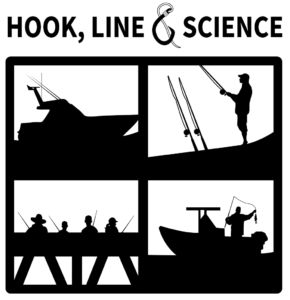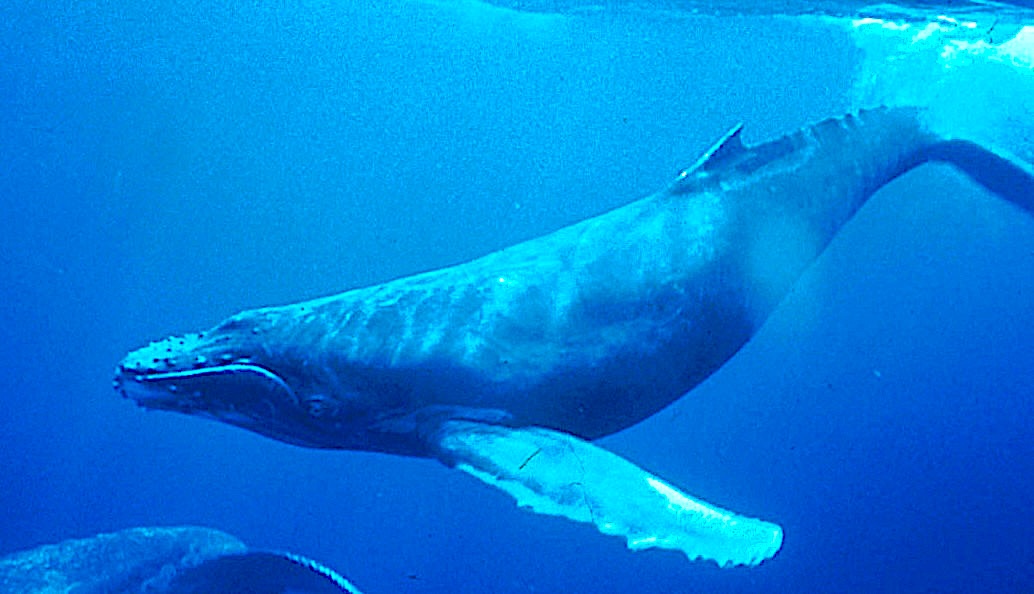Does it matter how you catch a striped bass?

A new study suggests that how you land a fish could make a real difference when it comes time to release it.
September to November is the best time to fish for striped bass in the ocean as the fish migrates back to North Carolina to winter offshore. In 2024, the Atlantic States Marine Fisheries Commission, which coordinates the management of shared nearshore fishes, implemented additional conservation measures, because the striped bass population is below target levels. Reducing the mortality rate for fish after catch-and-release was a main management strategy.
Research Need
Even though over 90% of recreationally caught striped bass are released each year, due to fisheries regulations and/or angler preferences, many released fish die.
Catch-and-release angling exposes fish to varying degrees of trauma that can cause mortality. To promote best fishing practices, biologists wanted to determine if differences in recreational fishing methods in turn result in different physical injuries, levels of physiological stress, and impaired behaviors of striped bass.
What did they study?
A team of scientists worked with volunteer small-boat recreational anglers to fish for striped bass in coastal embayments south of Boston, Massachusetts. Anglers captured striped bass using spinning or fly-fishing gear and with a variety of lures and hook types (4 to 3/0 in size, circle and J, as well as single barbless and barbed hook points).
An onboard scientific observer recorded surface water temperature, fight time, and hook removal time, as well as the total duration of handling the fish. The observer also measured each fish’s length and girth, then took blood samples to later determine the effect of stress.
The scientists additionally noted critical injuries and whether there was bleeding at the insertion point for each hook. Prior to release, the team also assessed the behavior of each fish, visually documenting any head, mouth, dorsal fin, gag, and body reflexes.
What did they find?
The anglers captured 95 fish with only one dying immediately after release, hooking 60% percent of the catch with spinning gear lures. Fight times between gear types did not statistically differ.
Slightly less than 12% of the fish experienced critical injuries (cases with severe tissue damage and/or hook placement in vital organs including gills, gullet, and eyes). J hooks were responsible for 9 of 11 of the critical fish injuries (5 by fly and 4 by lure).
Hooking severity was not related to types of terminal tackle (lure or fly). Blood from hooking was present in 22% of all fish.
Of released fish, 33% had no sign of impaired reflexes. The scientists determined that anglers had hooked those striped bass experiencing more severe behavioral impairments with J hooks in critical locations.
From blood chemistry analysis, the researchers did observe a rise in physiological stress indicators with longer fight times. Water temperature also influenced the fish’s physiological responses and mortality rate.
So what?
Overall, the study highlighted that each component of a catch-and-release event impacts each physiological and behavioral response differently.
This study suggests avoiding J hooks to minimize behavior impairments related to critical hooking. The researchers also recommend anglers minimize fight time to improve released striped bass survival.
Injury of fish during angling is likely caused by the way a fish strikes the bait or lure and the way an angler reels the fish in. Given the diversity of angling techniques, locations, and handling, more research will help quantify physical and behavioral impairments of striped bass.
Reading
Griffin, L.P., Hollema, H.M., Kneebone, J., McCormick, S.D., Skomal, G.B., and Danylchuk, A.J. (2024) Physical injury, physiological stress, and behavior impairment of striped bass (Morone saxatilis) after catch-and-release by spin and fly angling. Fisheries Management and Ecology, e12703. https://doi.org/10.1111/fme.12703
This work was supported by the National Institute of Food & Agriculture, the U.S. Department of Agriculture, and the Massachusetts Agricultural Experiment Station and the Department of Environmental Conservation (project number MAS00987).
BY SARA MIRABILIO.
Lead photo credit: Coley Hughes/Sea Grant.
The text from Hook, Line & Science is available to reprint and republish at no cost, but only in its entirety and with this attribution: Hook, Line & Science, courtesy of Scott Baker and Sara Mirabilio, North Carolina Sea Grant.




